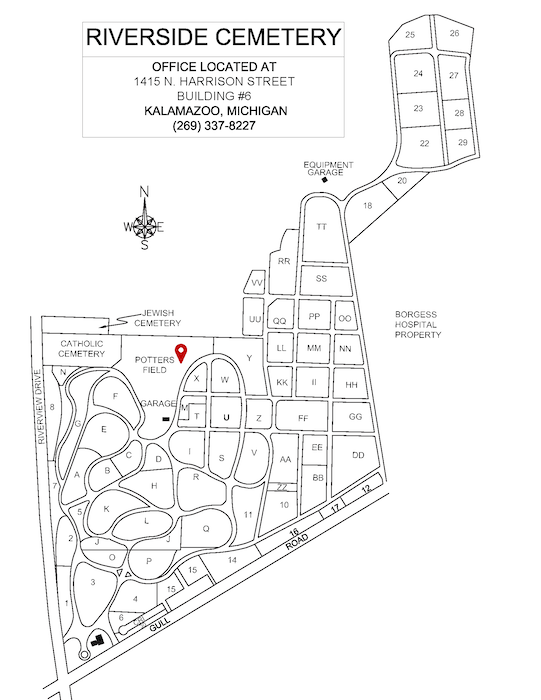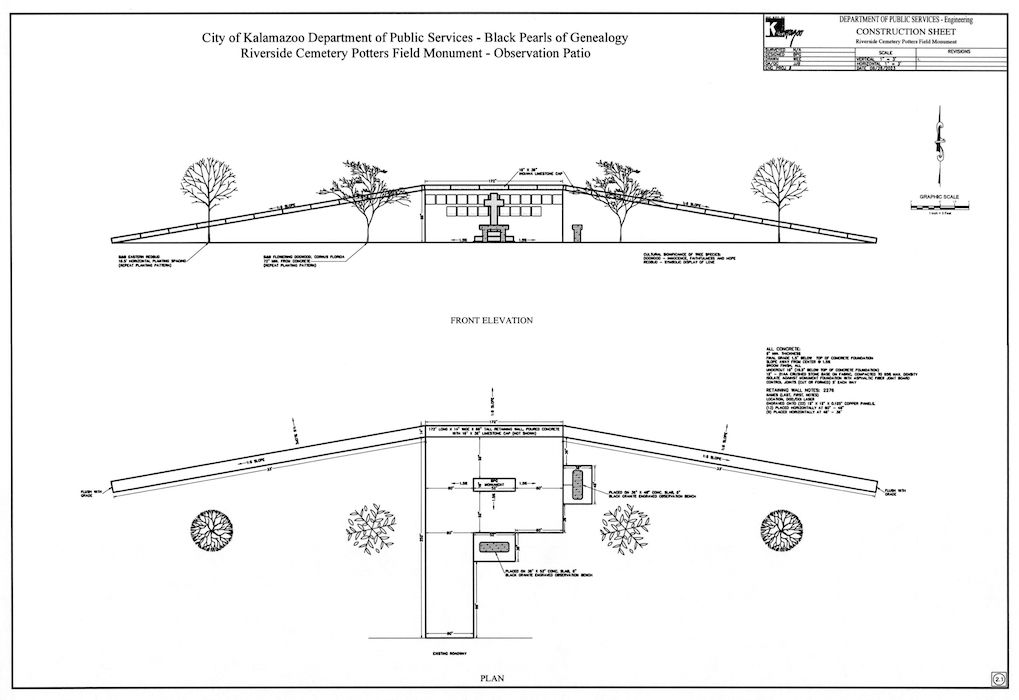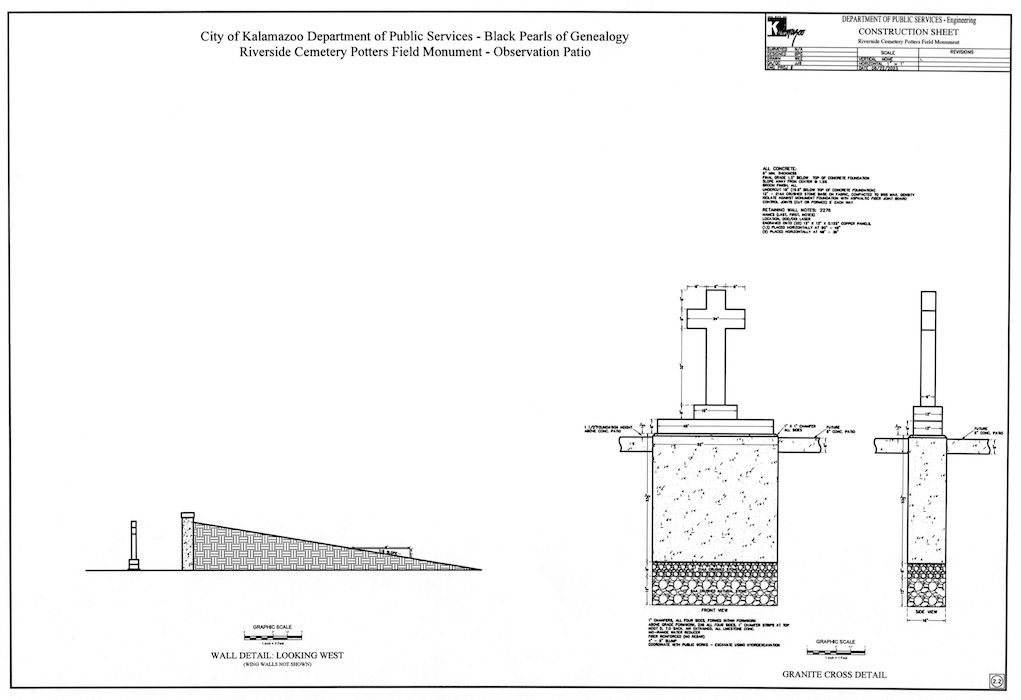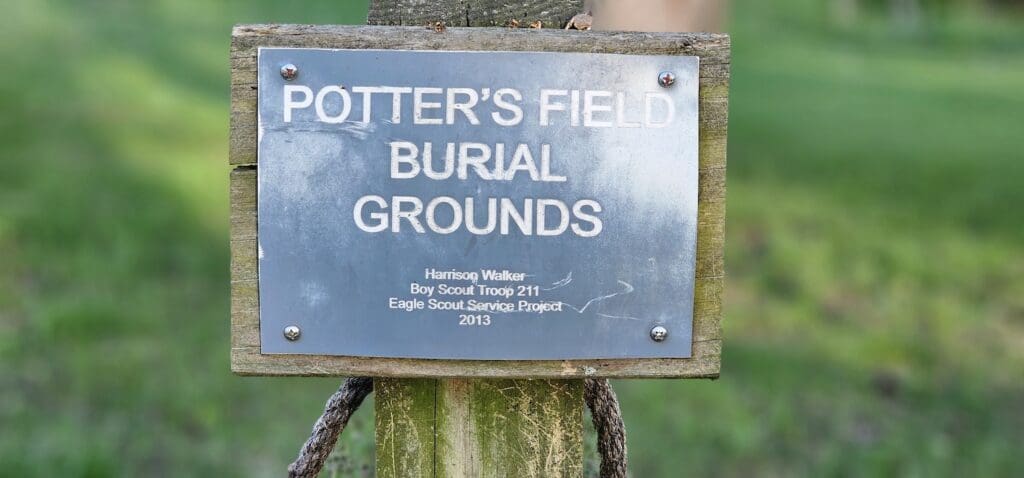
Preserving the Memory of Potter's Field, Riverside Cemetery Kalamazoo, Michigan
The memorial project at Potter’s Field ensures that the stories of those buried here are not lost but shared with the wider community.
The Memorial Reads:
Potter’s Field – Kalamazoo, Michigan
c. 1862 – c. 1949
Burial ground for the unknown, unclaimed or indigent people: regardless of race or religion
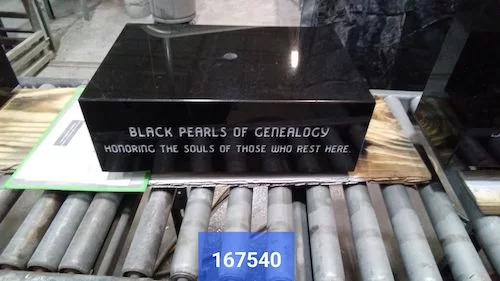
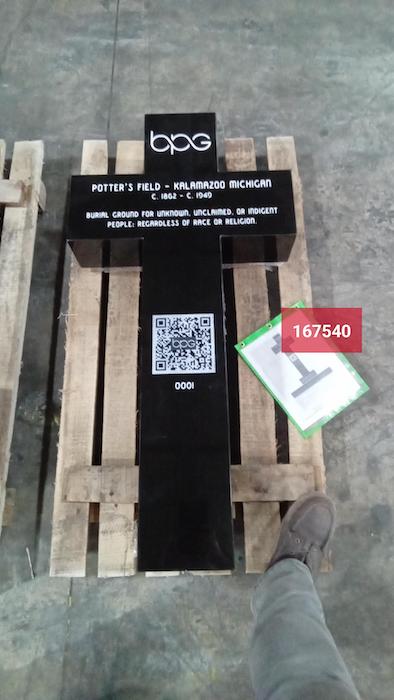
Potter’s Field at Riverside Cemetery stands as a silent witness to the lives of Kalamazoo’s forgotten and marginalized residents. From the late 19th century through the mid-20th century, this section of the cemetery became the final resting place for those who could not afford private burials—unidentified individuals, the poor, the institutionalized, and in some cases, African Americans who were excluded from mainstream burial plots.
Documenting and memorializing Potter’s Field ensures that these lives are not erased from local history. This project seeks to restore dignity to the people buried here and provide researchers, families, and the broader community with accessible knowledge of this site’s significance.
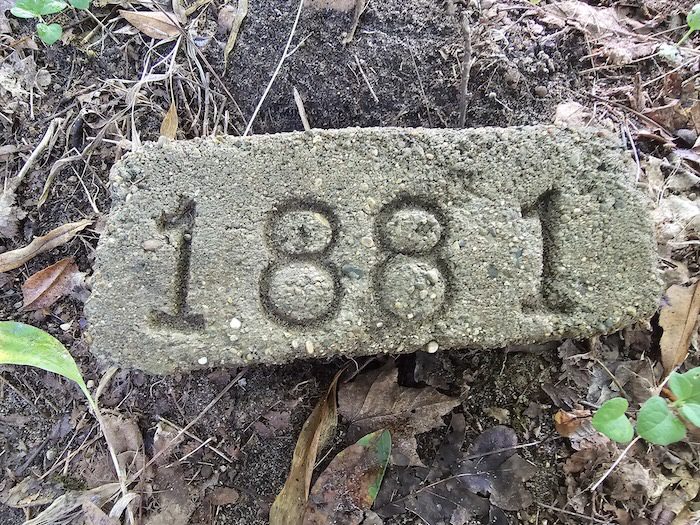
Historical Context
- ➡️ Origins: Potter’s Field became part of Riverside Cemetery in the late 1800s, echoing a national practice of setting aside land for the indigent.
- ➡️ Social meaning: These sections often reflected social inequality—separating the poor, people of color, and the unclaimed from more “respectable” plots.
- ➡️ Local significance: Kalamazoo’s Potter’s Field highlights the intersection of poverty, race, and exclusion during Reconstruction and the Jim Crow era in Michigan.
Segregation in Burial Practices
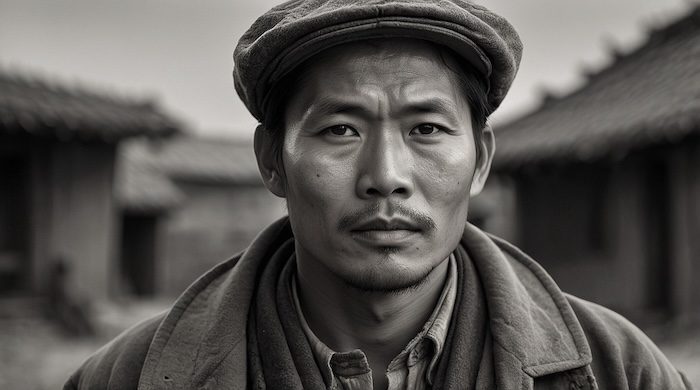

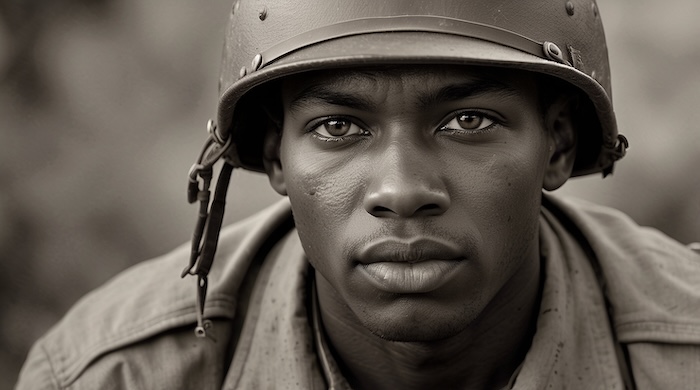
In Kalamazoo, as in many American cities, marginalized groups were disproportionately buried in Potter’s Field. Research shows that African Americans, immigrants, and those deemed “paupers” were often interred here without markers or ceremony. This reflects broader structural segregation, both in life and in death, that characterized the period.
Burial Records and Patterns
Patterns of burial in Potter’s Field can be reconstructed through city records, death registers, and cemetery ledgers. These often include:
- ➡️ Unmarked graves – many burials lack headstones or markers.
- ➡️ Numerical sequences – plots may have been recorded by number rather than name.
- ➡️ Institutional deaths – individuals from the county poorhouse, asylum, or jail were frequently buried here.
- ➡️ Military veterans – several Civil War veterans and other soldiers were laid to rest in Potter’s Field despite their service.

DOD: Oct 1, 1900

DOD: July 1, 1909
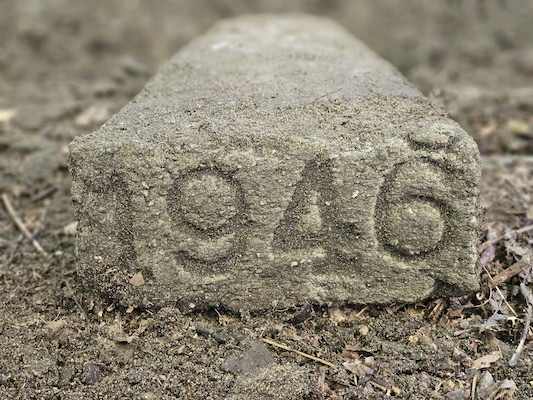
DOD: April 13, 1933

DOD: Oct 11, 1947
Potter's Field Interment Records
Military Veterans in Potters Field in 1888
Despite their service, some veterans ended up in Potter’s Field, reflecting the hardships they endured after war. Records indicate burials from as early as the 1880s. Preserving their names restores honor to those who sacrificed for the nation but were denied dignity in death.

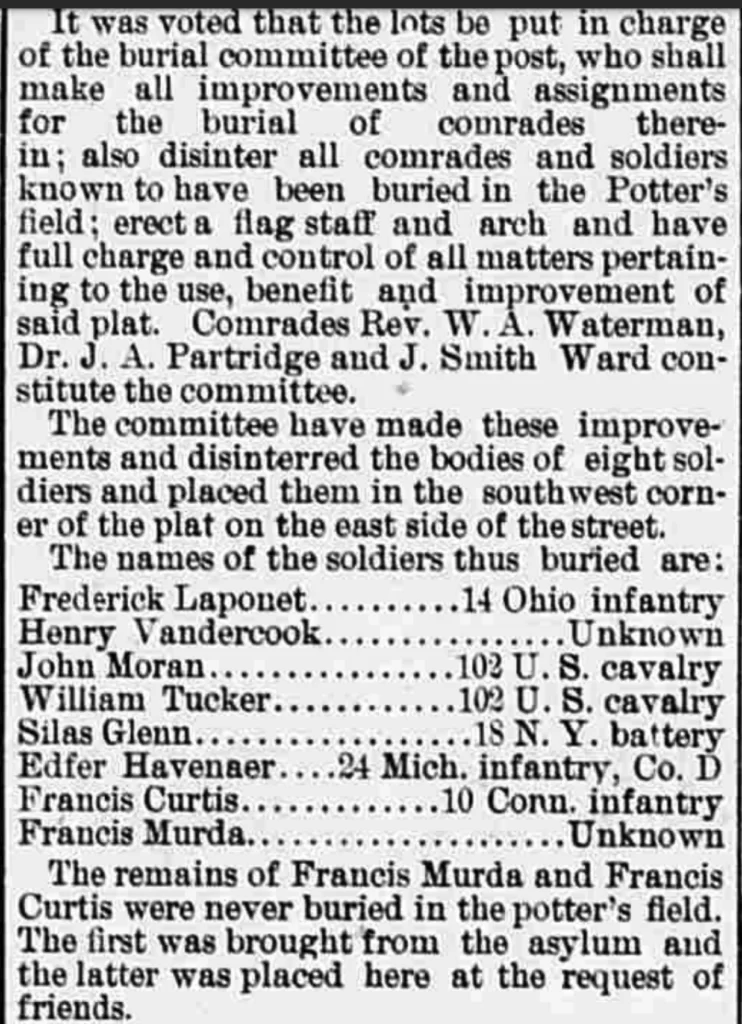
Names in the 1877 Michigan Adjutant General’s Report about the new policy of sending insane veterans to the Asylum in Kalamazoo. The following veterans were not moved and still rest in Potter’s Field.
Graham, John W. Capt.
Co. C, 11th MI Infantry
PF, 255
1836 - 1878
Herrick, Sydney L., Major
Brigade Surgeon
PF, 120
1830 - 1875
Marshall, Balthazar
7th MI Infantry(?)
PF, 682
1838 - 1887 (Can't document service)
Peck, Jackson
Co. E, 16th MI Infantry
PF, 283
1837 – 1880
Stocking, Ira
Co. E, 9th MI Infantry
PF, 227
1841 – 1877
White, Stephen
Co. A, 102nd USCT
PF, 434
1827 – 1882
Future Potter's Field Memorial - Click image to enlarge
The Black Pearls of Genealogy and local partners are working toward establishing a permanent memorial at Potter’s Field. The memorial will:
- ➡️ Plans for GPS staking and digital mapping.
- ➡️ Markers (possible metal rods with name tags) to identify individuals.
- ➡️ Permanent signage/interpretive displays in development. Image suggestion.
Draft sketches of future memorials
Reuniting Families Through Potter’s Field
Potter’s Field at Riverside Cemetery is more than a burial ground—it is a place where families, historians, and communities come together to rediscover those once lost. Many of the people buried here came from across the United States and other countries, reflecting the wide reach of Kalamazoo’s history. Among them are formerly enslaved men and women, free people of color, immigrants, veterans, and children of all ages and faith traditions.
The memorial project is committed to reconnecting descendants with their ancestors by:
- ➡️ Family Engagement: Bringing families from across the nation and abroad together to help identify relatives interred here.
- ➡️ Precise Mapping: Each grave location will be marked with a GPS coordinate to ensure permanent and accurate placement.
- ➡️ Future Identifiers: Stakes placed during research will eventually be replaced with durable markers—such as metal rods and name tags—so that every grave is recognized with dignity.
Potter’s Field embodies the very principle America claims to stand for: that all are created equal. Here, people of every race, age, and background rest side by side. By preserving their memory and inviting descendants to participate, this project restores both history and humanity to those who were long overlooked.
“If you believe your family member may be buried in Potter’s Field, please contact
Black Pearls of Genealogy to share information..”
Potter's Field Memorial Project Sponsors

Tiffany Burns
Founder and Owner of Smile Savers
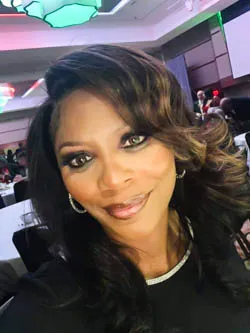
Twala Lockett-Jones
Twala Lockett-Jones Lockett-Jones Realty Group
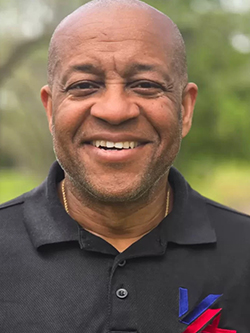
Dexter Mitchell
President and CEO of Vivid Armor
- Phone:(989) 239-2376
Collective Impact
Together, Tiffany Burns, Twala Lockett-Jones, and Dexter Mitchell embody the values of service, education, and community empowerment. Their sponsorship ensures that the Potter’s Field Memorial Project not only preserves history but also uplifts present and future generations. By combining healthcare, housing, and safety education, they reflect the diverse strengths of Kalamazoo’s community leaders—and their support makes it possible to restore dignity to those buried in Potter’s Field while reconnecting families across time and place.
Special Acknowledgment
We extend our heartfelt gratitude to Suzanne Rowland, Cemetery Coordinator; Wendy Burlingham, Administrative Support Manager; Elise V. Case, Ph.D., Asset and Records Manager; Will Eichelberger, Lead Drafter – City of Kalamazoo; Ryan Holley of Patten’s Michigan Monuments; Robert P. Polderman, Consumers Concrete Southwest Region Account Manager; and the dedicated local volunteers for their invaluable contributions to the Potter’s Field Memorial for Black Pearls of Genealogy.
Your unwavering commitment to preserving the sanctity and regulations of the cemetery spaces has been instrumental in aligning our vision with the historical significance of this sacred ground. Your exceptional organizational skills, meticulous management of administrative tasks, and diligent coordination have been the foundation of our efforts, fostering seamless communication and collaboration. We are profoundly grateful for your support and partnership in bringing this meaningful project to life.

